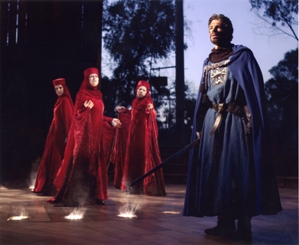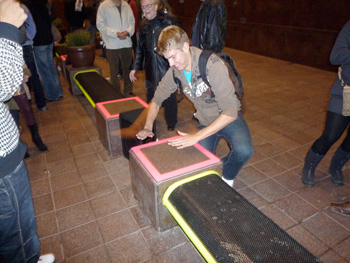
Mr. Mitch Menchaca
Survey Says: Local Arts Agencies & Public Art
Posted by Apr 12, 2011

Mr. Mitch Menchaca
A local arts agency (LAA) promotes, supports, and develops the arts at the local level to strengthen the daily fabric of community living.
Each LAA is as unique as the community it serves and they all share the goal of enabling diverse forms of arts and culture to thrive, ensuring that they are available to every member of that community.
A local arts agency can be a private enterprise or an agency of local government that presents programming to the public, provides services to artists and arts organizations, develops and manages cultural facilities, awards grants to artists and arts organizations, organizes and participates in cultural planning, and/or promotes and creates cultural policy.
Local arts agencies are referred to by an array of names: arts commissions, arts councils, arts and humanities councils, arts and business councils, arts alliances, cultural alliances, departments of recreation and cultural affairs, offices of cultural affairs, arts funds, etc.
Read More










 What has been realized?...What has been dreamt and yet still a reality in the eye of the artist? In a true honouring of the precedent of the original Paris - Salon, 133 artists have been accepted into the Salon des Refuses - Sights Unseen, from 4 continents, 11 countries, ranging from well established artists; Janet Echleman, Mierle Laderman Ukeles to Vito Acconi and Buster Simpson - to emerging artists and newly minted unknowns engaging the sphere of public art with strong aesthetics of performance, process and thinking that represents a new dynamic in to address art in public space.
What has been realized?...What has been dreamt and yet still a reality in the eye of the artist? In a true honouring of the precedent of the original Paris - Salon, 133 artists have been accepted into the Salon des Refuses - Sights Unseen, from 4 continents, 11 countries, ranging from well established artists; Janet Echleman, Mierle Laderman Ukeles to Vito Acconi and Buster Simpson - to emerging artists and newly minted unknowns engaging the sphere of public art with strong aesthetics of performance, process and thinking that represents a new dynamic in to address art in public space.












 In this month's ArtNews magazine, I read a book review covering In Curating: Interviews WithTen International Curators. Carolee Thea, author of the book, quoted one curator who shared his innate perspective that, curators are mediators between artists and the public. I couldn't help but think, isn't that what I do (at least part of what I do)?
In this month's ArtNews magazine, I read a book review covering In Curating: Interviews WithTen International Curators. Carolee Thea, author of the book, quoted one curator who shared his innate perspective that, curators are mediators between artists and the public. I couldn't help but think, isn't that what I do (at least part of what I do)?



 Peripatetic arts visionary Sabato "Simon" Rodia completed his artist-initiated private art project, Watts Towers, in 1954. He moved away from his masterpiece and LA property that year, and he died in 1965 purportedly without seeing his lifework again.
Peripatetic arts visionary Sabato "Simon" Rodia completed his artist-initiated private art project, Watts Towers, in 1954. He moved away from his masterpiece and LA property that year, and he died in 1965 purportedly without seeing his lifework again.



